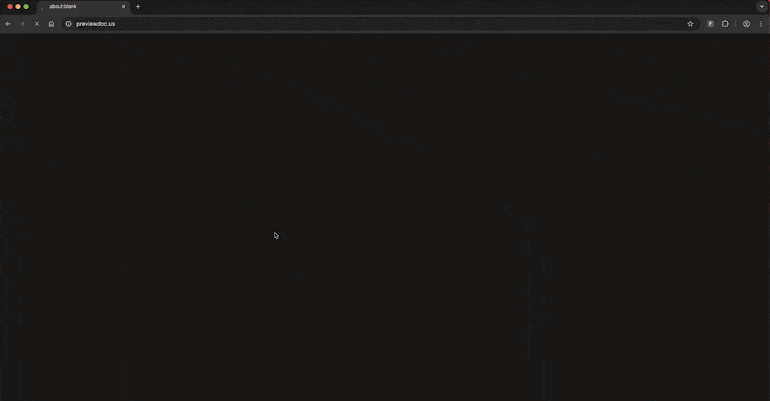In the ever-evolving landscape of cyber threats, a sophisticated technique known as hidden text salting has emerged, posing significant challenges to email security systems. This method enables cybercriminals to embed concealed content within emails, effectively bypassing detection mechanisms by manipulating Cascading Style Sheets (CSS) properties.
Understanding Hidden Text Salting
Hidden text salting involves the strategic insertion of irrelevant or misleading content—referred to as salt—into various components of an email. By leveraging CSS properties, attackers can render this content invisible to recipients while simultaneously confusing automated detection systems. This technique has been widely adopted across multiple threat vectors, including phishing campaigns, scams, and advanced persistent threats targeting high-value organizations.
Mechanisms of CSS Manipulation
Cybercriminals exploit several CSS properties to implement hidden text salting:
– Font Size and Color: Setting the font size to zero or near-zero values and matching the font color to the background color makes the text invisible to the human eye.
– Opacity and Visibility: Utilizing properties like `opacity: 0` or `visibility: hidden` ensures that the content is not displayed, yet remains present in the email’s code.
– Display and Positioning: Employing `display: none` or positioning text off-screen using negative text-indent values effectively hides the content from view.
– Container Dimensions: Creating containers with zero width and height, combined with overflow controls set to hidden, clips the content beyond visible boundaries.
These manipulations allow attackers to inject substantial amounts of hidden content, diluting the malicious elements and evading detection by security systems that rely on textual analysis.
Injection Points in Email Infrastructure
Hidden text salting can be implemented at various stages within an email’s structure:
1. Preheaders: Manipulating the preview text that appears in email clients to mislead recipients and evade detection.
2. Headers: Altering header information to confuse language detection algorithms and other security measures.
3. Message Bodies: Embedding hidden content within the main body of the email, offering extensive opportunities for content dilution.
4. HTML Attachments: Including concealed content in attachments complicates static analysis procedures used by security vendors.
Each of these injection points provides unique advantages for threat actors seeking to circumvent specific detection mechanisms.
Prevalence and Impact
Research conducted by Cisco Talos, spanning from March 2024 through July 2025, indicates that hidden text salting occurs significantly more frequently in malicious emails compared to legitimate communications. Spam and phishing campaigns exhibit disproportionately higher usage rates of this technique. Various threat actor groups employ different variations, ranging from simple character insertion to sophisticated multilingual content injection designed to confuse natural language processing systems.
The implications of hidden text salting extend beyond traditional email security, potentially impacting modern defense systems that incorporate large language models for threat analysis. Minimal hidden content can alter sentiment analysis and intent classification performed by AI-driven security tools, effectively transforming malicious messages into seemingly benign communications from an algorithmic perspective.
Technical Implementation and Detection Evasion
The technical implementation of hidden text salting relies on three primary categories of CSS property manipulation:
1. Text Properties: Setting font sizes to zero or near-zero values, matching font colors to background colors, or manipulating line-height properties to render content invisible.
2. Visibility Controls: Utilizing CSS declarations such as `display: none`, `visibility: hidden`, or `opacity: 0` to remove content from visual rendering while preserving it within the HTML source.
3. Dimensional Constraints: Creating HTML elements with zero width, height, or maximum dimensions, effectively clipping content beyond visible boundaries.
Advanced implementations may incorporate responsive design principles, ensuring hidden content remains concealed across desktop, mobile, and webmail platforms. Some campaigns utilize CSS selectors to apply concealment properties across multiple HTML elements simultaneously, reducing code redundancy while maintaining evasion effectiveness.
Character-Level Injection
Another prevalent technique involves inserting zero-width space characters (ZWSP) or zero-width non-joiner (ZWNJ) characters between letters of brand names or sensitive keywords. While invisible to human recipients, these characters effectively disrupt keyword matching algorithms and signature-based detection systems that rely on exact string matching for threat identification.
Mitigation Strategies
To combat the challenges posed by hidden text salting, organizations should consider implementing the following strategies:
– Advanced Filtering Techniques: Develop more sophisticated filters capable of identifying suspicious use of CSS properties and unusual HTML structures.
– Behavioral Analysis: Employ behavioral analysis tools to detect anomalies in email content and structure that may indicate hidden text salting.
– Regular Updates and Patching: Ensure that email security systems are regularly updated to recognize and mitigate emerging threats.
– User Education: Educate users about the risks associated with email-based attacks and encourage vigilance when interacting with emails, even from seemingly trusted sources.
By understanding and addressing the tactics employed in hidden text salting, organizations can enhance their email security posture and better protect against sophisticated cyber threats.



